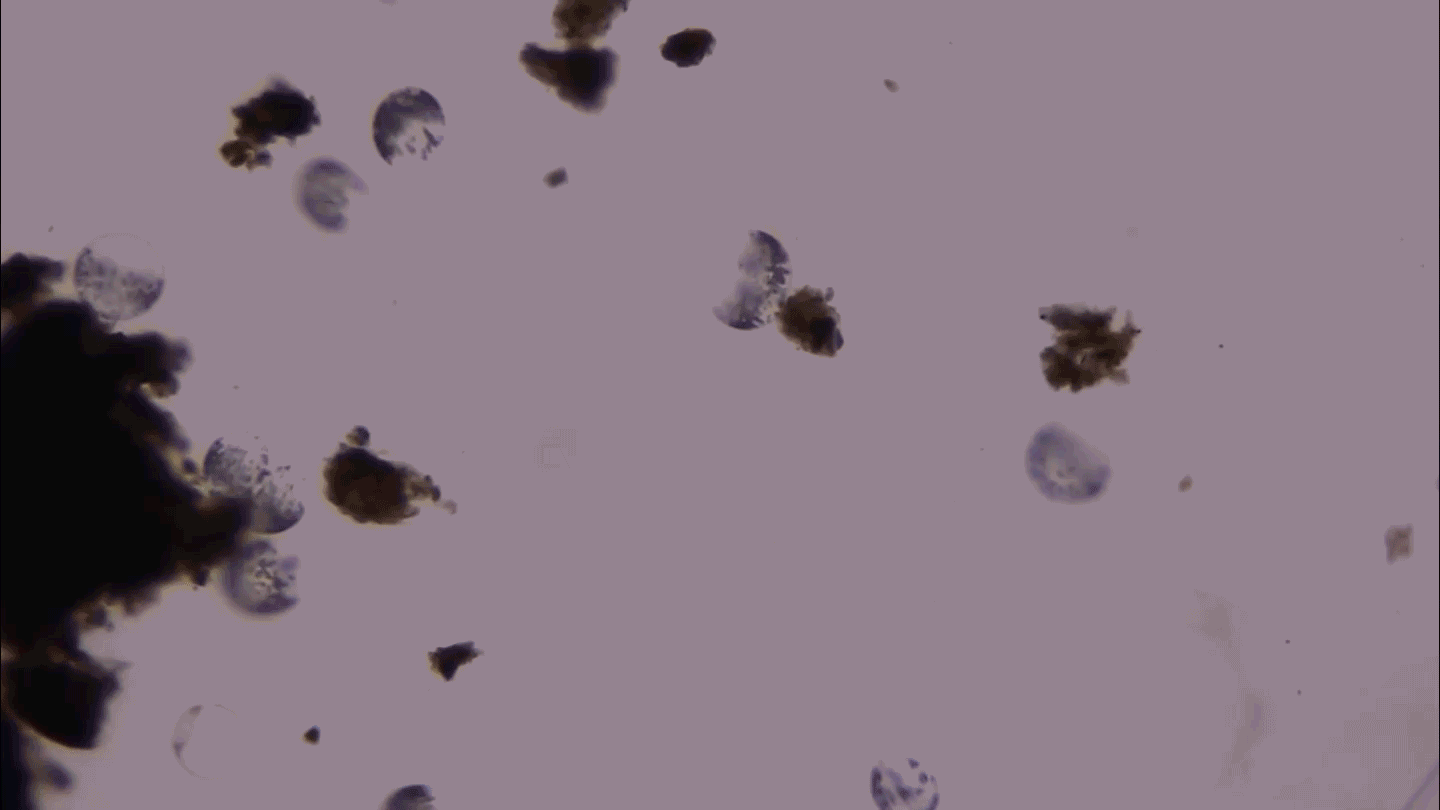British red squirrels serve as leprosy reservoir
Bacteria responsible for Hansen’s disease may have been lurking in rodents for centuries

SERIOUS SIGNS Red squirrels across the British Isles have tested positive for the bacteria that cause leprosy. This one shows signs of the disfiguring disease on its ear and muzzle.
Catherine Clark
- More than 2 years ago
Leprosy has been hiding out in red squirrels in Great Britain and Ireland, though the painful and disfiguring disease has rarely been transmitted between humans there since the Middle Ages.
The endangered bushy-tailed rodents (Sciurus vulgaris) have tested positive for leprosy-causing bacteria in several locations around the British Isles, researchers report November 11 in Science.
“It goes to show that once a disease has become extinct in humans, it could still exist in the environment if there was a suitable reservoir,” says study coauthor Stewart Cole, director of the Global Health Institute at the Swiss Federal Institute of Technology in Lausanne. In this case, squirrels seem to be ideal incubators for leprosy bacteria.
Until recently, leprosy, clinically known as Hansen’s disease, was thought to be transmitted only between humans. But in 2011, a team of scientists that included Cole found the disease in nine-banded armadillos in the southern United States (SN: 5/21/11, p. 9).
“One of the things we’ve never really understood about leprosy is how it can persist in populations at such low prevalence for such long periods of time,” says Richard Truman, a microbiologist at the National Hansen’s Disease Program in Baton Rouge, La., who wasn’t part of the study. The discovery that leprosy bacteria linger in various animal populations might help explain the disease’s sticking power in humans.
The relatively high prevalence of leprosy bacteria found in British red squirrel populations is also surprising, Truman says. Cole and his collaborators analyzed 110 red squirrel carcasses from Scotland, Ireland and two islands off the coast of England. All 13 of the visibly sick squirrels and 21 out of 97 seemingly healthy squirrels tested positive for the bacteria. Sick squirrels had skin lesions, patchy fur and nerve problems, similar to the symptoms seen in humans. The team found leprosy bacterium species Mycobacterium lepromatosis in squirrels from Scotland, Ireland, and the Isle of Wight, and Mycobacterium leprae in squirrels from remote Brownsea Island.
The strain found in the Brownsea Island squirrels is similar to the strain that made the rounds in medieval England, Cole says. That suggests the bacteria could have circulated in red squirrels for hundreds of years without changing very much (SN: 7/13/13, p. 18).
Today, more than 200,000 people are newly diagnosed with leprosy each year, mostly in Africa and Southeast Asia. But antibiotics, where available, easily clear up the infection. And up to 95 percent of people have some natural immunity to the disease, Truman says, so it’s not nearly as contagious as previously believed. So the odds of catching leprosy from a squirrel, an armadillo or another human are extremely slim. But since squirrels can carry other diseases too — such as rabies — it still might be best to observe the furry woodland creatures from a safe distance.
Editor’s note: This story was updated November 22, 2016, to clarify the rate of modern transmission in people.







